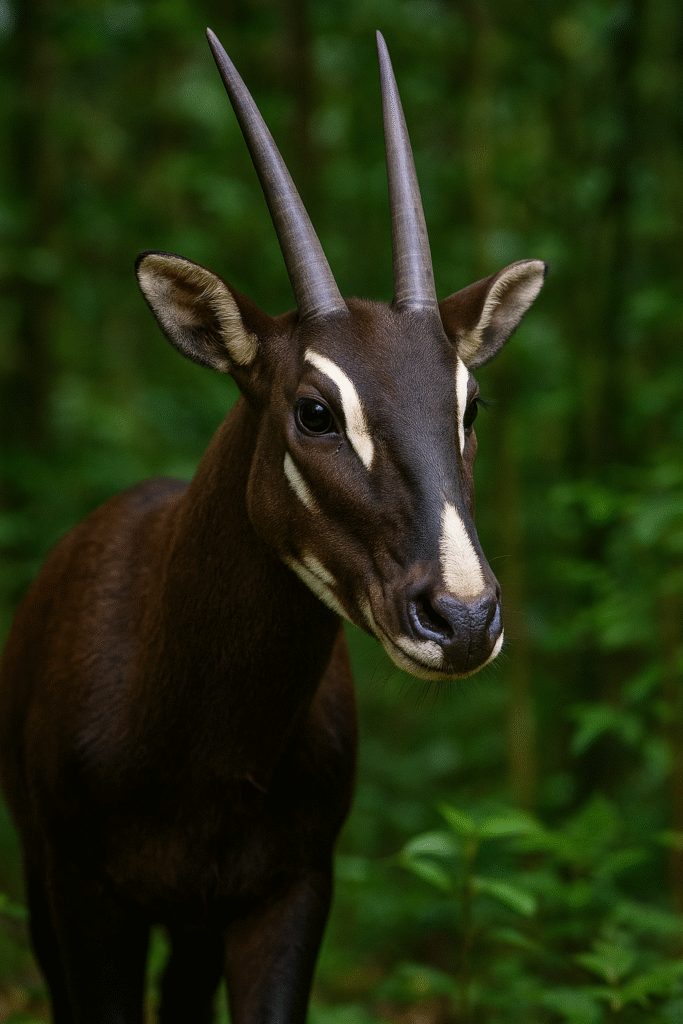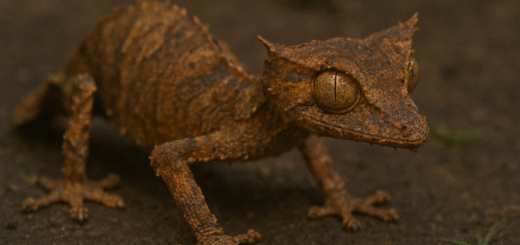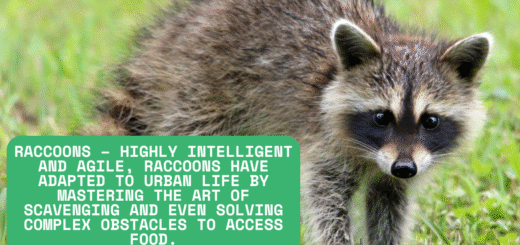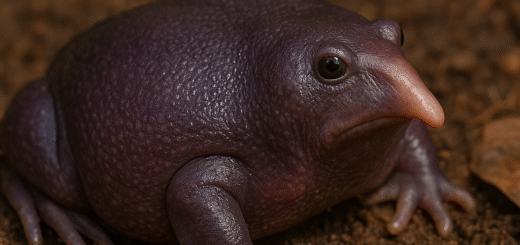Saola: The Mysterious Asian Unicorn on the Brink of Extinction
What is a Saola?
The Saola (Pseudoryx nghetinhensis), also known as the Asian unicorn, is one of the rarest and most mysterious animals in the world. Discovered only in 1992 in the Annamite Mountains along the border of Laos and Vietnam, the Saola remains largely unseen by human eyes. It is not a mythical creature, but a real, hoofed mammal that resembles a small antelope with long, straight horns and striking white facial markings.

Why is the Saola So Rare?
The Saola is critically endangered, with possibly fewer than a few dozen individuals left in the wild. It is so elusive that there has never been a confirmed sighting in the wild by a scientist. Most of what we know comes from camera traps and interviews with local villagers.
Key reasons for the Saola’s rarity include:
- Habitat loss due to logging and infrastructure development in Southeast Asia
- Poaching and the widespread use of snares, though the Saola is not typically targeted directly
- Fragmented population, making breeding in the wild extremely difficult
Unique Features of the Saola
- Distinctive horns: Both males and females have backward-curving horns that can grow up to 50 cm long.
- Shy behavior: The Saola is incredibly shy and avoids human contact, often hiding deep in dense mountain forests.
- Cultural significance: In Vietnam and Laos, the Saola is a symbol of biodiversity and an icon of conservation.
Saola Conservation Efforts
Due to its rarity, the Saola has become a flagship species for conservation in Asia. Organizations like the Saola Working Group and the WWF are working to protect its habitat, reduce snare traps, and promote sustainable development in the Annamites.
There are currently no Saolas in captivity, and scientists hope to establish a breeding center to prevent total extinction.
Why Saving the Saola Matters
The Saola is not just a rare animal—it is a symbol of the rich biodiversity of Southeast Asia. Protecting the Saola means protecting entire ecosystems that support countless other species.
The urgency to act is now. Conservation efforts depend on awareness, funding, and international cooperation. The Saola might be the most endangered large mammal you’ve never heard of—until now.








